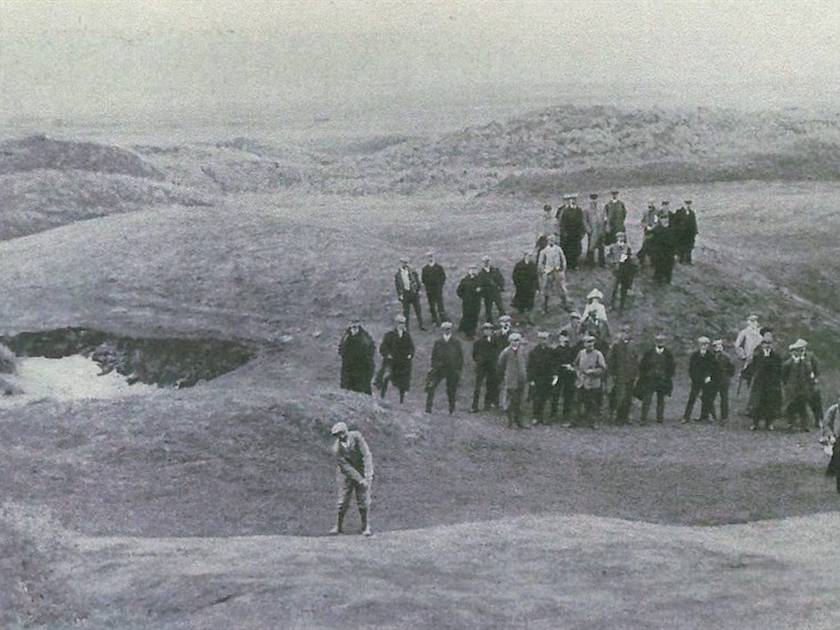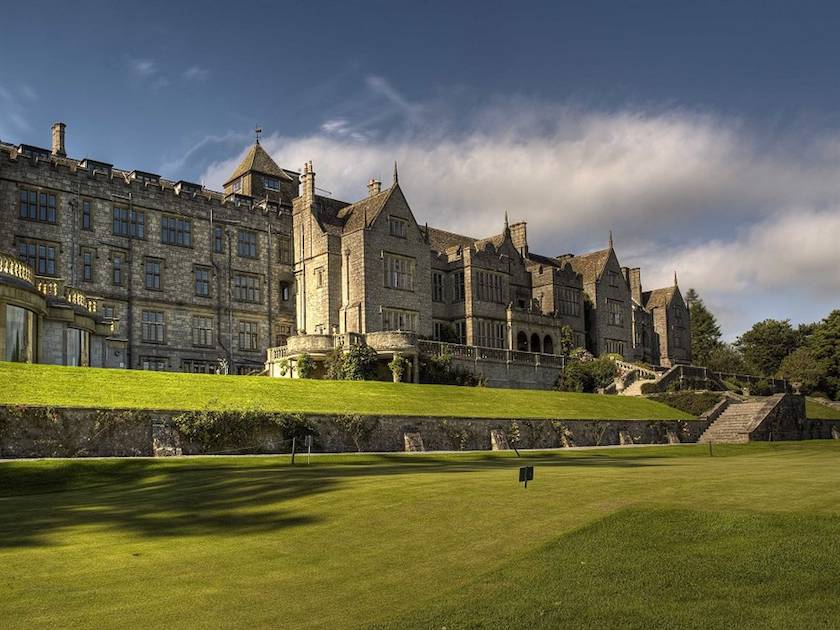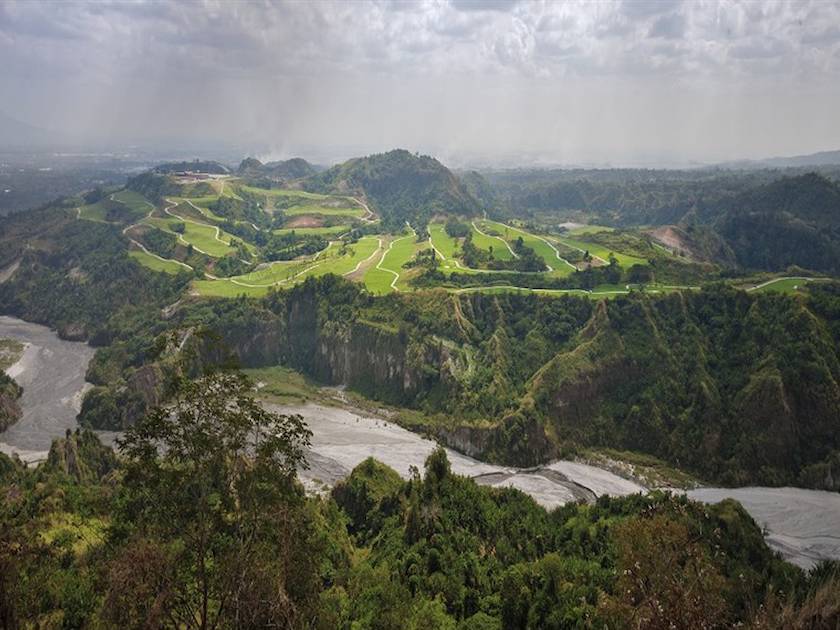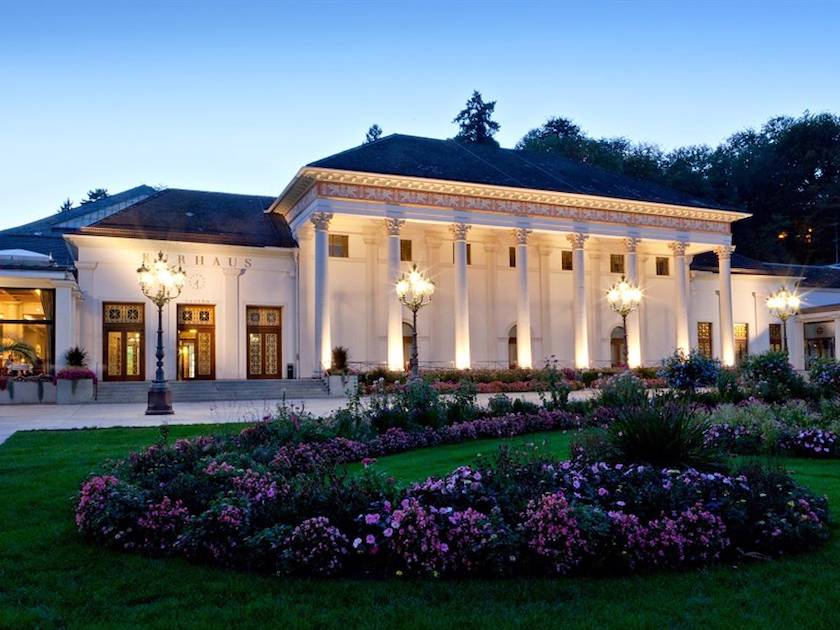Kent's golden oldies
The coastal region of Kent has seen plenty of battles throughout history, but today the battles that are fought take place on what are some of the UK’s best links courses...
Bunkers, in one form or another, play and have played an important role in Kent, a county on the south-east coast which is steeped in history and widely regarded as being the ‘Garden of England’. While the attractive sand bunkers created on Kent’s golf courses make links play a pleasurable challenge for groups of golfers today, bunkers built during wartime created challenges of a different nature for our troops of soldiers. Located on land overlooking the English Channel – land and channel very much at the centre of action during both world wars – are four notable golf courses, namely Royal St George’s which dates back to 1887, Littlestone which was first played on during 1888, Royal Cinque Ports (aka Deal) where the first nine holes were constructed in 1892 and Prince’s, which opened an 18-hole course to golfers in 1906. These golden oldies, despite their ages (but with the benefit of a facelift or two), are still going strong and offer some of the best links golf in the country.
THE LINKS LAND. Traditionally, ‘links land’ is a term explicitly applied to bands of uncultivable land between sea and arable land that is made up of sandy soil, sand dunes, and treeless rolling topography. Kent’s splendid links courses owe their existence to centuries of wind, tides and the natural movement of banks of shingle, the combination of which forced the sea to recede, leaving Kent’s Roman and medieval ports miles inland. In its wake it left a heap of extra land to play with: links land, heaven sent for golf courses. Golf was predominantly played in Scotland before the 1880s. The Scots have been connected to the history of golf and the advancement of the game since the 15th century. King James IV of Scotland (1473-1513) played golf and the first Rules of the game were signed in 1744 by surgeon (and participant in the 1745 Jacobite Uprising) John Rattray, while Dr Laidlaw Purves (1842-1917) was instrumental in establishing the Ladies’ Golf Union and formulating the handicapping rules.
ARRIVAL OF THE RAILWAYS. Meanwhile, golf in England in the mid-19th century was mainly played in the London area. Blackheath Golf Club even has evidence of its existence dating back to 1745, but it was not until the late 19th century that more golf clubs were constructed outside London. Although motor cars had arrived on the scene, they could only cope with short journeys. It was not until the railways made headway into East Kent that travel was made easy for the upper classes of London to go to the coast for a round of golf on the fashionable new links courses that were springing up.
PRINCE’S GOLF COURSE. Used as a battle training ground during wartime, Prince’s golf course did not escape unscathed. As a result, the original 18-hole links course had to be restored and redesigned in 1950, and since then the layout has remained the same – three loops of nine holes. When the course was originally built in 1906, measuring nearly 7,000 yards, it was one of the first to be designed to cater for the long distances that the new rubber golf balls could achieve. An Open Qualifying course, Prince’s has hosted the Championship just once. This was in 1932 when American golfer Gene Sarazen (winner of 37 tournaments including seven Majors, and the first ‘Grand Slam’ winner) won the tournament and there’s a bunker named in his honour on the Himalayas course, beside the 9th green. “LADDIE” LUCAS. Other notable golfers connected to Prince’s include Gary Player and Phil Mickelson who are Honorary Members, and the Prince of Wales who was Club President in 1930. During World War II , Ace pilot ‘Laddie’ Lucas (MP) who was also Captain of the 1949 Walker Cup, managed to make an emergency landing in his Spitfire on the Himalaya course because he knew every bump, hollow and borrow. The courses are named Dunes, Shore and Himalayas (but don’t get misled by this one, there’s no mountainous terrain to battle) and all three start and finish at the contemporary clubhouse. The original two-storey golf clubhouse, now called The Lodge at Prince’s, has recently been revamped and offers spacious luxury accommodation in rooms, suites and apartments. The location is perfect, just a drive and iron shot from both Prince’s courses and Royal St George’s – another prestigious links course which is virtually on the doorstep.
THE ROYAL ST GEORGE’S GOLF CLUB. Dr Laidlaw Purves, of LGU and handicapping fame as previously mentioned, was also very much involved with the birth of St George’s. Although in the medical profession, he was also a passionate golfer who had moved from Scotland to London. Dismayed at the lack of golf courses in England, he spent many a year searching for suitable land within easy reach. Finally, in 1887, a syndicate was formed, land purchased, and St George’s was created. Even though communication wasn’t as speedy in the late 19th century as it is today, it didn’t take long for the Royal & Ancient in Scotland to hear about the superb new course that had arrived on the golfing scene. Consequently the first Open Championship staged outside Scotland was at St George’s in 1894.
FOURTEEN OPENS. The club was bestowed the title ‘Royal’ by King Edward VII in 1902. Considered to be England’s equivalent to the famous St Andrew’s in Scotland, Royal St George’s has been honoured to host no less than fourteen Opens and is today the fourth most used Open venue. The most recent Open Championship to be hosted there was in 2011, won by Northern Ireland’s Darren Clarke. Some interesting snippets about Royal St George’s are: American golfer John Daly drove 416 yards (assisted by strong wind) from tee to green on the 5th hole on a practice day, it is reputedly home to the deepest bunker in championship golf, it boasts one of the oldest trophies – The Challenge Trophy dating from 1888, and Ian Fleming was a member of the club – he featured it under the name of Royal St Mark’s in Goldfinger (the novel, not the film).
LITTLESTONE GOLF CLUB. Boasting some of the most “magnificent firm, true and well-paced putting greens” in the UK, as reported by an agronomist and advisor to the R&A, Littlestone can be found sandwiched between the Romney Marshes and the English Channel. It is rated amongst the top 100 courses in England and hosted the first ever LGU Ladies’ Championship in 1894. Designed by the same Dr Purves and the Pro David Herd, and enhanced by tweaks and advice from James Braid, Frank Pennink, Donald Steel and Peter Allis, Littlestone has become a noteworthy links in the United Kingdom. The course was damaged by military action in the 1914-18 war, after which golf architect Alister MacKenzie (who later designed Augusta National, Cypress Point and Royal Melbourne in Australia) surveyed the course, suggesting improvements – this culminated in some excellent holes that remain today.
LANDING STRIP. During the First World War, part of the golf course was temporarily used as a landing strip and again later as an emergency landing ground. Part of the ‘Mulberry Harbour’ (two floating artificial ‘harbours’ constructed to be towed across the Channel during World War II) which somehow did not make an appearance for the D-day landings in 1944 can still be seen from the 17th tee at Littlestone – an area steeped in wartime history. (Of particular historical interest in the region are Dover Castle with its warren of wartime tunnels, and the Kent Battle of Britain Museum). As for Littlestone golf course, the rough can be punishing – as can the bunkers – so just don’t stray into either. Playing into the wind can make Par-4s seem like long Par-5s, the greens are tricky but true and there are some great finishing holes, especially the 16th and 17th.
ROYAL CINQUE PORTS GOLF CLUB. Not for want of trying, Royal Cinque Ports (usually called Deal) has hosted the Open Championship just twice, in 1909 and 1920. Sadly, on three other occasions, when it was due to stage the championship – in 1915, 1938 and 1949 – disastrous circumstances beyond anyone’s control prevented it from happening, namely the outbreak of the First World War and then the flooding by the sea of the course in 1938 and 1949. But looking on the bright side today, the Club has been awarded The Amateur Championship in 2013 and is still a final qualifying course for an Open at neighbouring Royal St George’s, as well as being the venue for several prestigious amateur events.
ROYAL PATRONS. Royal Cinque Ports has indeed been graced with some very royal connections over the years: A J Balfour, who was to become Prime Minister, was Club Captain in 1898; The Prince of Wales (1900), who became Edward VII, played often here and was President of the club (1905-1907) and King George V was a patron (1910-1935) who visited frequently with the Prince of Wales. The Club assumed the ‘Royalty’ title in 1910 to coincide with the patronage of the King. War, however, interrupted the connection with the royals until 1949, which was when King George VI reconfirmed the Royal label. The latest Royal Patron who accepted the position in 2002 is Prince Andrew, Duke of York.
WAR DAMAGE. Hurriedly constructed as a 9-hole course in 1892 by Henry Hunter (Greenkeeper and Professional) with the second nine being added at the end of 1896, Deal golf course (aka Royal Cinque Ports) suffered considerable damage during the First World War, necessitating a layout reorganisation in 1919 by James Braid. World War II also took its toll but play recommenced in 1946 after being restored by Sir Guy Campbell, assisted by Henry Cotton. Added to this melange of course architects is Donald Steel, who has been involved with Deal for some years.
PUNISHING COURSE. The course is an out and back layout so be prepared for the prevailing wind on the inward nine. Good placement of the ball means golfers can score well, but be errant and the course will be punishing. There are rolling fairways with few flat stances, plenty of bunkers and a canal that plays havoc with the mind. The wind is certainly a force to be reckoned with and if the breeze isn’t tough enough on the back nine, don’t worry, there’s also a serious of tough Par-4s to contend with.The threat of wartime on Kent’s links land might well be long gone, but the challenges of these four premier links courses remain to be fought – they’re tough battlefields.










